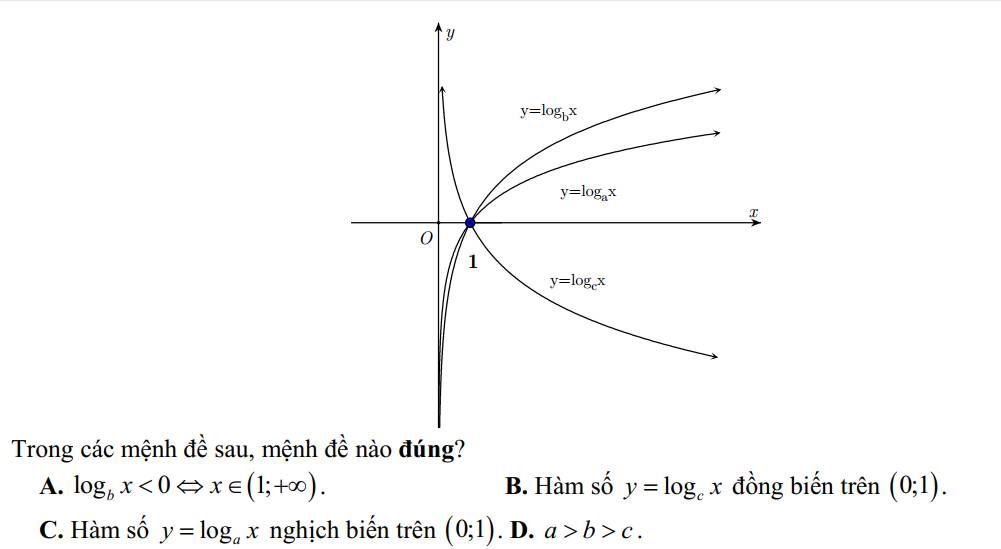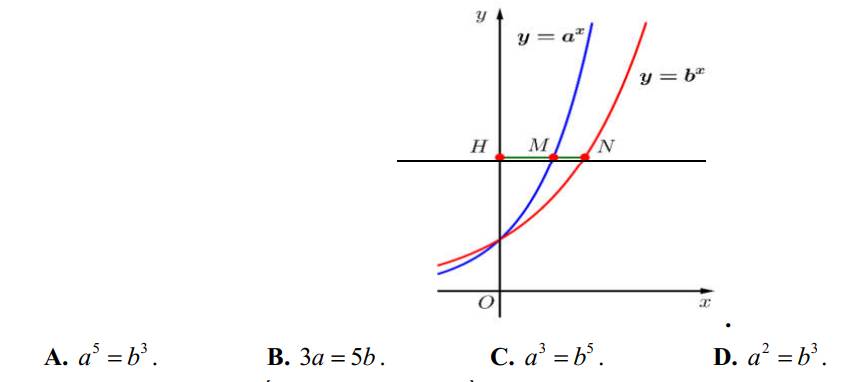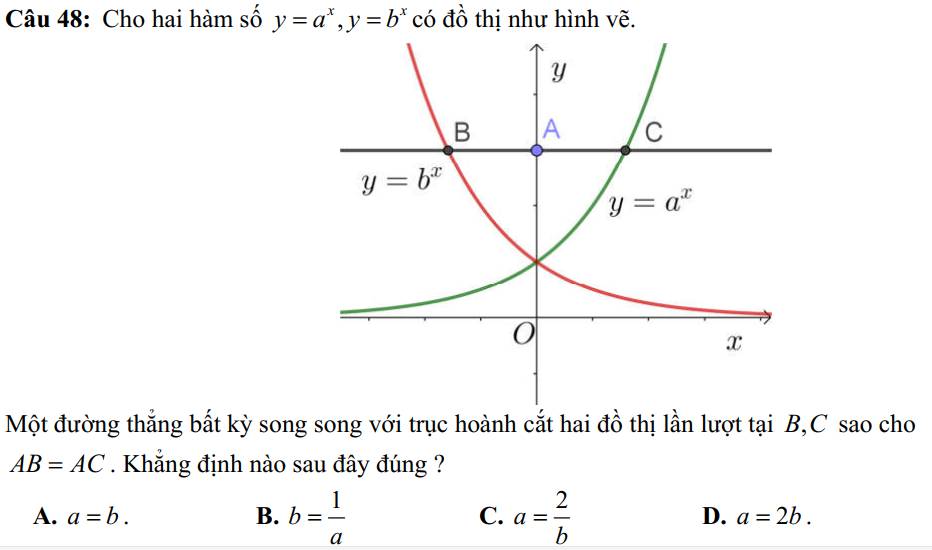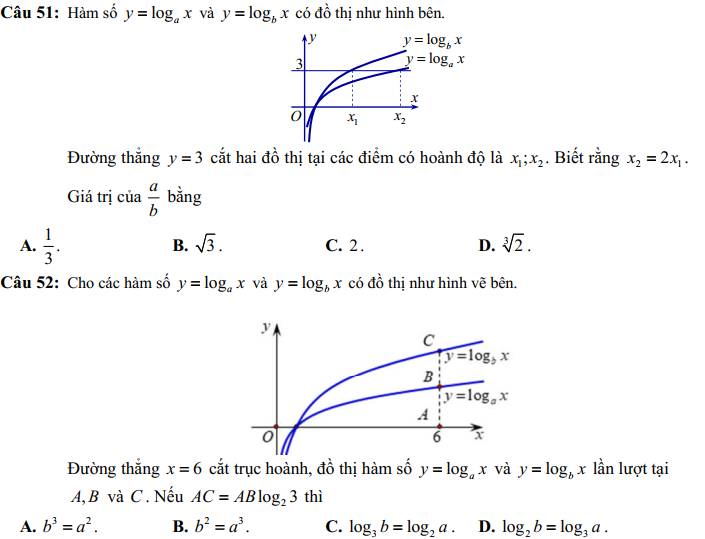
Hãy nhập câu hỏi của bạn vào đây, nếu là tài khoản VIP, bạn sẽ được ưu tiên trả lời.


1: cos(3x-45 độ)=0
=>3x-45 độ=90 độ+k*180 độ
=>3x=135 độ+k*180 độ
=>x=45 độ+k*60 độ
=45 độ-120 độ+(k+2)*60 độ
=-75 độ+z*60 độ
=>Chọn B
2;
tan(x-15 độ)=1
=>x-15 độ=45 độ+k*180 độ
=>x=60 độ+k*180 độ
=>Chọn C
3: 2*cos(4x-20 độ)=0
=>cos(4x-20 độ)=0
=>4x-20 độ=90 độ+k*180 độ
=>4x=110 độ+k*180 độ
=>x=27,5 độ+k*45 độ
=>Chọn C

\(\left|cosx\right|=\dfrac{1}{2}\)
\(\Leftrightarrow\left[{}\begin{matrix}cosx=\dfrac{1}{2}\\cosx=-\dfrac{1}{2}\end{matrix}\right.\)
\(\Leftrightarrow\left[{}\begin{matrix}x=\pm\dfrac{\pi}{3}+k2\pi\\x=\pm\dfrac{\pi}{2}+k2\pi\end{matrix}\right.\)
\(\Leftrightarrow x=\pm\dfrac{\pi}{3}+k2\pi\)
\(\left|cosx\right|=\dfrac{1}{2}\)
\(\Leftrightarrow cos^2x=\dfrac{1}{4}\)
\(\Leftrightarrow\dfrac{1+cos2x}{2}=\dfrac{1}{4}\)
\(\Leftrightarrow cos2x=-\dfrac{1}{2}\)
\(\Rightarrow2x=\pm\dfrac{2\pi}{3}+k2\pi\)
\(\Rightarrow x=\pm\dfrac{\pi}{3}+k\pi\)

\(cos\left(x-\dfrac{\pi}{3}\right)=sin\left(2x+\dfrac{\pi}{2}\right)\)
\(\Leftrightarrow cos\left(x-\dfrac{\pi}{3}\right)=cos2x\)
\(\Leftrightarrow\left[{}\begin{matrix}2x=x-\dfrac{\pi}{3}+k2\pi\\2x=\dfrac{\pi}{3}-x+l2\pi\end{matrix}\right.\)
\(\Leftrightarrow\left[{}\begin{matrix}x=-\dfrac{\pi}{3}+k2\pi\\x=\dfrac{\pi}{9}+l\dfrac{2\pi}{3}\end{matrix}\right.\)
Chỉ II đúng

1.
\(\Leftrightarrow1-2sin^2x+sinx+m=0\)
\(\Leftrightarrow2sin^2x-sinx-1=m\)
Đặt \(sinx=t\Rightarrow t\in\left[-\dfrac{1}{2};\dfrac{\sqrt{2}}{2}\right]\)
Xét hàm \(f\left(t\right)=2t^2-t-1\) trên \(\left[-\dfrac{1}{2};\dfrac{\sqrt{2}}{2}\right]\)
\(-\dfrac{b}{2a}=\dfrac{1}{4}\in\left[-\dfrac{1}{2};\dfrac{\sqrt{2}}{2}\right]\)
\(f\left(-\dfrac{1}{2}\right)=0\) ; \(f\left(\dfrac{1}{4}\right)=-\dfrac{9}{8}\) ; \(f\left(\dfrac{\sqrt{2}}{2}\right)=-\dfrac{\sqrt{2}}{2}\)
\(\Rightarrow-\dfrac{9}{8}\le f\left(t\right)\le0\Rightarrow-\dfrac{9}{8}\le m\le0\)
Có 2 giá trị nguyên của m (nếu đáp án là 3 thì đáp án sai)
2.
ĐKXĐ: \(sin2x\ne1\Rightarrow x\ne\dfrac{\pi}{4}\) (chỉ quan tâm trong khoảng xét)
Pt tương đương:
\(\left(tan^2x+cot^2x+2\right)-\left(tanx+cotx\right)-4=0\)
\(\Leftrightarrow\left(tanx+cotx\right)^2+\left(tanx+cotx\right)-4=0\)
\(\Rightarrow\left[{}\begin{matrix}tanx+cotx=\dfrac{1+\sqrt{17}}{2}\\tanx+cotx=\dfrac{1-\sqrt{17}}{2}\left(loại\right)\end{matrix}\right.\)
Nghiệm xấu quá, kiểm tra lại đề chỗ \(-tanx+...-cotx\) có thể 1 trong 2 cái đằng trước phải là dấu "+"

y=sin x đồng biến trên \(\left(-\dfrac{\Omega}{2}+k2\Omega;\dfrac{\Omega}{2}+k2\Omega\right)\)
=>Hàm số y=sin x không thể đồng biến trên cả khoảng \(\left(0;\dfrac{5}{6}\Omega\right)\) được
=>Loại A
\(y=cosx\) đồng biến trên khoảng \(\left(-\Omega+k2\Omega;k2\Omega\right)\)
=>Hàm số y=cosx cũng không thể đồng biến trên khoảng \(\left(0;\dfrac{5}{6}\Omega\right)\)
=>Loại B
\(x\in\left(0;\dfrac{5}{6}\Omega\right)\)
=>\(x+\dfrac{\Omega}{3}\in\left(\dfrac{\Omega}{3};\dfrac{4}{3}\Omega\right)\)
=>\(y=sin\left(x+\dfrac{\Omega}{3}\right)\in\left[-\dfrac{\sqrt{3}}{2};\dfrac{\sqrt{3}}{2}\right]\)
=>Khi x tăng thì y chưa chắc tăng
=>Loại D
=>Chọn C





